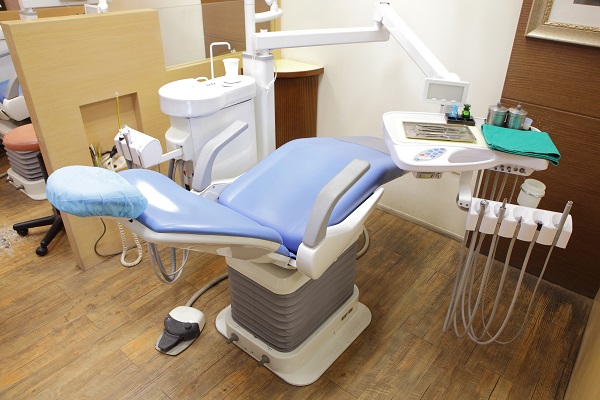Root Canal Therapy and Oral Surgery

Dentists recommend root canal therapy when decay, trauma or infection invades the tooth nerves. Root canal treatment is a viable attempt at saving a tooth that would otherwise be removed. Although many people think removing the tooth is the way out, tooth removal is almost always costlier in the end and may cause issues for the adjacent teeth.
The process is an oral surgery and entails removing the pulp, nerves, decay and bacteria from the interior layer of the teeth. A root canal requires incision and is usually performed under anesthesia – it is an invasive surgical procedure. Despite the widespread notion that the root canal procedure is debilitating, the process is straightforward with minimal pain.
Root canal therapy has a high success rate and should be a one-time treatment, although a tooth may undergo the procedure again if infection sets in. Usually, when the infection is too severe, or the fracture or cause of pain is not immediately visible through an x-ray scan, then a surgical root canal is advisable. The incision will be made on the gum to reach the canal from the side to remove the infected tissue safely.
This article focuses on root canal therapy as oral surgery and the steps involved in the procedure.
What does the procedure involve?
Usually, your dentist will refer you an endodontist (a root canal expert) or an oral surgeon. The procedure will be a collaboration between your general dentist and the specialists.
Before commencing the oral surgery, the dentist will administer anesthesia to numb the tooth. Then they'll place a rubber dam on the tooth to make the area dry and free from saliva. If there is any decay on the tooth’s or gum’s surface, it will be cleaned off. Afterward, depending on the nature of the problem, an incision will be made on the tooth crown or the gum to access the inner root chamber.
With dental tools, the dental specialist will pry into the opening to remove the nerve tissues, bacteria and the dead pulp material. After that, the area will be flushed with antibacterial agents to clean out the bacteria and tissue remnants. Once the tooth is clean, they will fill the space with a permanent filling material called gutta-percha. They will use a temporary filling if more appointments are necessary.
When you go for another appointment, the dentist will place a filling on the incision made on the top of the tooth. Generally, any tooth that undergoes root canal treatment will get a new crown. This will shield the tooth, avert breakage and help it function fully.
What to expect after root canal therapy
Following your treatment, the tooth may be sensitive due to normal tissue inflammation. It should stop when the swelling alleviates, and the tooth heals. You can use over-the-counter painkillers like ibuprofen (Motrin, Advil), or naproxen (Aleve) to manage the discomfort and sensitivity. Usually, patients would be able to resume their normal routine the following day.
In the first few days following the oral surgery, try to reduce chewing on the affected area until the tooth has fully healed. The dentist will guide you on the proper way to care for your tooth.
Request an appointment here: https://newyorkdmd.com or call New York DMD at (917) 284-9680 for an appointment in our New York office.
Recent Posts
If you have a missing tooth, especially one that is hidden from everyone when you speak or smile, you may want to waive it aside. However, a front tooth is visible and gets plenty of attention when you open your mouth. Regardless of the position of the missing tooth, failing to replace it may have…
At one point or another, anyone who has ever been to a dentist will have to undergo one or more oral surgery procedures to fix their oral health problems. Even though it might sound scary to a patient, it is something that dentist do very often, so there is no reason for concern.Some of the…
Looking for more information on oral surgery procedures? According to the Centers for Disease Control and Prevention, oral surgical procedures involve the incision, excision, or reflection of tissue that exposes the normally sterile areas of the oral cavity. A few examples of oral surgery procedures include implant surgery, tooth extractions, and performing any necessary gum…
Choosing an implant dentist is something many people do when they are in need of tooth replacement services. Since general dentists who place dental implants are also known as implant dentists, this type of dental professional is one that is commonly chosen. Ready to learn more?Want to find an implant dentist so you can decide…


